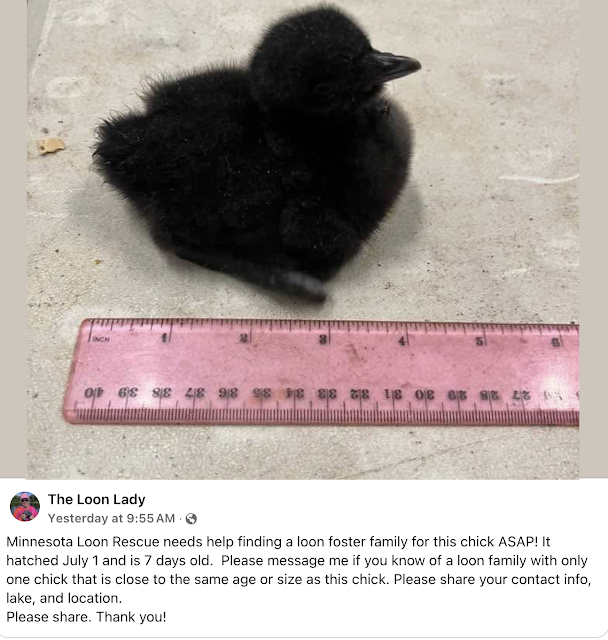One of the podcasts I routinely download for listening to while running errands is Science Friday from NPR. A recent episode was entitled "What the Sigma is Algospeak?" It's mostly about GenAlpha slang, and much of the discussion was beyond me, but this part of the interview was particularly interesting (the transcript has some minor typos):
ADAM ALEKSIC: I think that these algorithms are pushing more consumer labels and language on us than we’ve ever had before. We’ve had TV advertising, but you could just turn off the TV. Now, even when you’re not on the algorithm and you’re in a bar hanging out with some friends, the song playing on the radio is a song that was popularized through TikTok, and now that’s affecting your collective headspace.
And you walk down the street and you see these Dubai Labubus. And all that kind of affects our headspace, and we feel this pervasive feeling of being watched and being sold to, and it’s exhausting, and that’s why we turn to absurdism. And absurdism comes in times of high social change. I don’t think it was a coincidence that Dadaism and that kind of stuff was right around World War I.
FLORA LICHTMAN: What demographic, age-wise, is on the cutting edge of algospeak?
ADAM ALEKSIC: It’s definitely middle-schoolers.
FLORA LICHTMAN: Really?
ADAM ALEKSIC: If you’re not tapped into middle-schoolers, you don’t where the actual change is happening. These kids, they’ve always been coming up with new ways to create new identities and differentiate themselves from adults. And in forging this shared identity, they often create new language, right? And that’s always been a thing.
It’s always been, oh, the kids are talking different these days. We’ve always had that attitude. The algorithm sort of naturally picks up on what middle-schoolers find fascinating, and then we compound that through, let’s say, cringe culture. So the fact that rise was actually trending among middle-schoolers and then cringe creators start making humorous, parodying videos of the word “rizz,” but they actually pushed the word “rizz” more, and then more middle-schoolers identify with it– usually, the changes you can see are in the middle schools.
FLORA LICHTMAN: Because they are the most online?
ADAM ALEKSIC: Not necessarily the most online. I think they’re probably as online as older Gen Z people, or something. It’s just the most impressionable, and they have the least crystallized idea of what language is. They’re the most flexible to language change.
More about the algorithms that influence language at the link, where there is both a clickable recording and a written transcipt.
Addendum: Video embedded, with a hat tip to reader Bulletholes for finding it.































